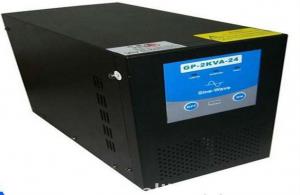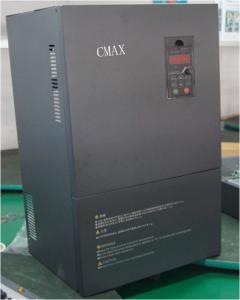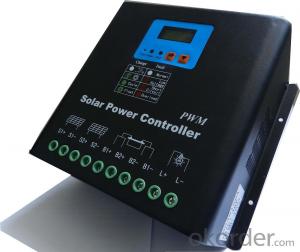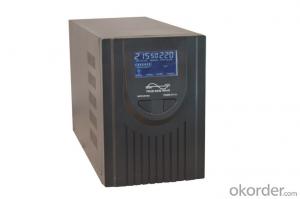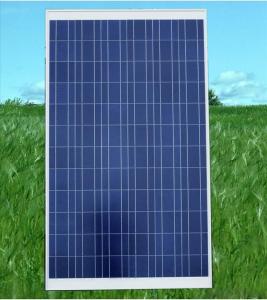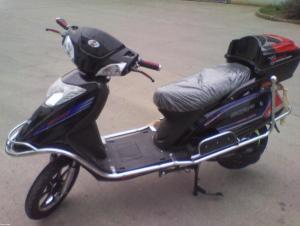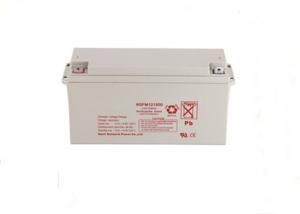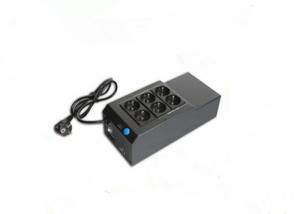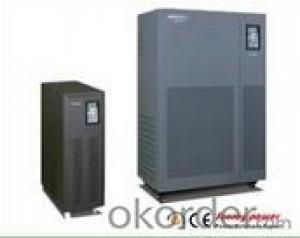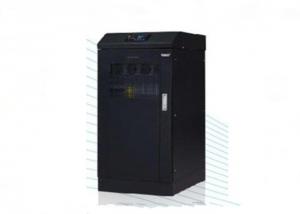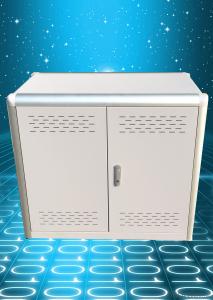Solar Power Inverter 4000w
Solar Power Inverter 4000w Related Searches
4000w Solar Power Inverter Solar Inverter 4000w Solar Power Inverter 4000 Watt 4000w Solar Inverter Solar Inverter 4000 Watt 4000 Watt Solar Inverter 4000 Watt Inverter Solar Solar Inverter 48v 4000w 400w Solar Inverter 4 Kilowatt Solar Inverter 4kw Solar Inverter 400 Watt Solar Inverter 400v Solar Inverter 3000w Solar Power Inverter 4kw Inverter Solar Solar Power Inverter 3000w Solar Power Inverter 10000w 10000w Solar Power Inverter Solar Power Inverter 5000w Solar Power Inverter 2000w 5000w Solar Power Inverter 3000 Watt Solar Power Inverter Solar 2000w Power Inverter Solar Power Inverter 1000w 3000w Solar Inverter Solar Inverter 3000w 10000w Solar Inverter Solar Inverter 5000w Solar 3000 Watt Power Inverter Solar Power Inverter 6000wSolar Power Inverter 4000w Supplier & Manufacturer from China
The Solar Power Inverter 4000w is a high-capacity device designed to convert solar energy into usable electricity. This product is equipped with advanced technology that ensures efficient power conversion and reliable performance, making it an ideal choice for various applications. The Solar Power Inverter 4000w is widely used in residential, commercial, and industrial settings, where it plays a crucial role in harnessing solar power to reduce reliance on traditional energy sources. This versatile inverter can be utilized in off-grid systems, grid-tied systems, and hybrid systems, catering to diverse energy needs and providing a sustainable solution for electricity generation.Okorder.com is a leading wholesale supplier of the Solar Power Inverter 4000w, boasting a vast inventory to meet the growing demand for this eco-friendly product.
Hot Products









